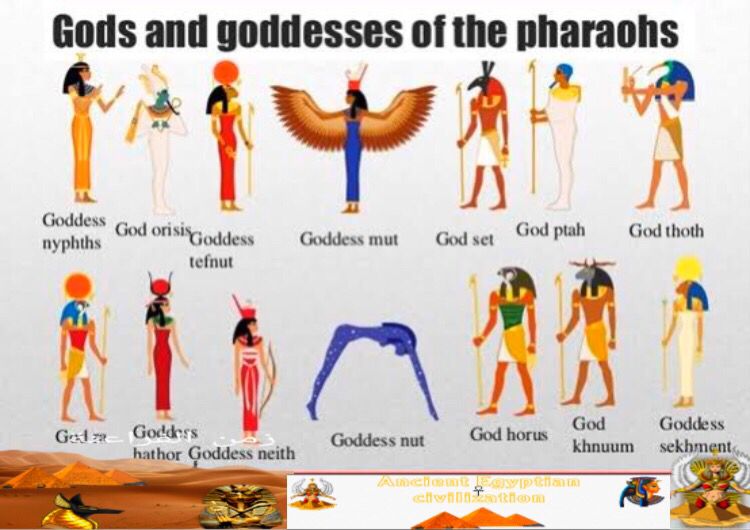The Rosetta Stone and the Decoding of the Ancient Egyptian language
The ancient Egyptian language and its decoding are associated with Hajar Rashid, whose knowledge led to the knowledge of the Egyptian language and thus the beginning of a broad knowledge of the history and civilization of ancient Egypt
Deciphering the ancient Egyptian language is linked to four elements
Stone, space, time, and man
1- The stone
It is of black basalt, irregular in shape, 113.5 cm high, and 75.5 cm wide. Parts of it have been lost at the top and bottom.
2- The place
The Rosetta Stone is associated with more than one place, firstly, Memphis, where the stone was recorded at the beginning, secondly, Rosetta, the stone was discovered by the soldiers of the French expedition, and thirdly, London, where the stone is currently preserved in the British Museum
3 - time
The Rosetta Stone is associated with more than one chronological date, including the year 196 BC, which is the date in which the stone was recorded during the reign of King Ptolemy V, as well as the year 1799 AD, which is the date of the discovery of the stone in Rosetta, and the third date is 1822 AD, which is the year in which Champollion succeeded in deciphering the symbols of this stone
4-The human being
The Rosetta Stone is associated with more than one person, first the priests of the city of Memphis, who registered this stone during the reign of King Ptolemy V in 196 BC. They thanked the king for endowing endowments for temples and exempting priests from some obligations, and the third person associated with the stone is the French officer Bouchard who discovered the stone in 1799 AD while digging a fort around Rashid Castle, and the fourth person is the French Jean-Francois Champollion, who succeeded in deciphering the stone in 1822 AD
The Rosetta Stone was recorded with three lines from the top of the hieroglyphic line (14 lines) and from the middle of a demotic line (32 lines) and from the bottom of the Greek language (54 lines). Champollion assumed that the three lines represent three texts that represent one topic in terms of content
Champollion read the Greek text and understood its content, read the name of King Ptolemy V, and assumed that the decree that was issued during the reign of this king in 196 BC must have been written in addition to the Greek in two lines of the Egyptian language (hieroglyphic and demotic), and the name of Ptolemy in Greek must be met In the hieroglyphic and demotic lines
In the light of Champollion's knowledge of ancient scripts, especially Coptic, he noticed that the stone contained one cartouche that was repeated six times containing the name of King Ptolemy This name was mentioned on an obelisk discovered in Philae (Aswan) in 1814 AD, in addition to the presence of the name of Queen Cleopatra on it Champollion recorded the signs contained in the Ptolemy cartouche and their number, and he did the same for the cartouche of Queen Cleopatra contained on the Obelisk of Philae due to the participation of the two names in the phonetic value of some signs such as the Baa, the Ta’a and the Lam And he recorded the same two names in Greek, and the number of each letter of them, and matched the first sign of the name of Ptolemy in hieroglyphs, and the corresponding in his name in Greek And he was able to recognize the phonetic value of some hieroglyphic signs (pronunciation) depending on their phonetic value in Greek, and with further studies, Champollion was able to know the phonetic value of many of the signs, and in 1822 AD he announced in the French Scientific Academy in Paris the results of his research and reached to decipher the symbols of this stone and thus Documented studies of the history and civilization of ancient Egypt began



Comments
Post a Comment